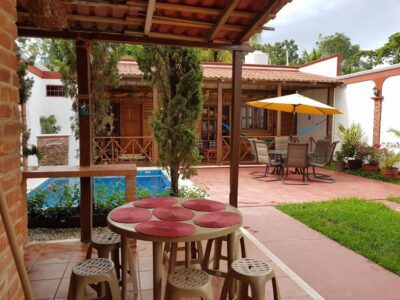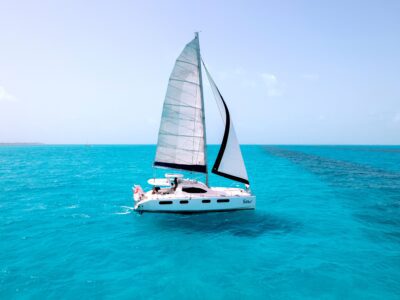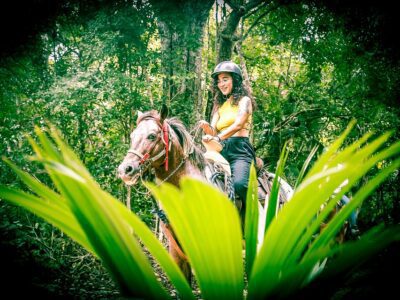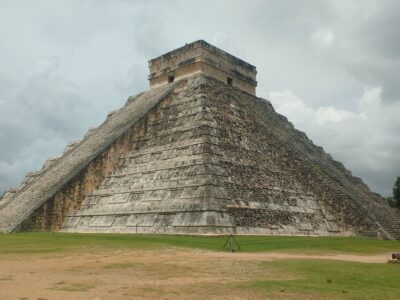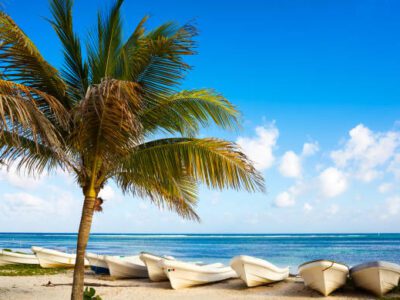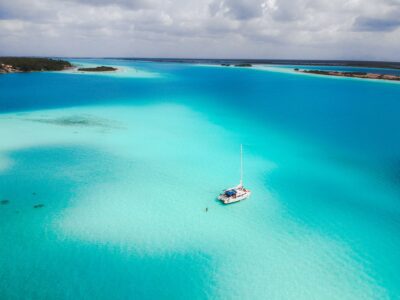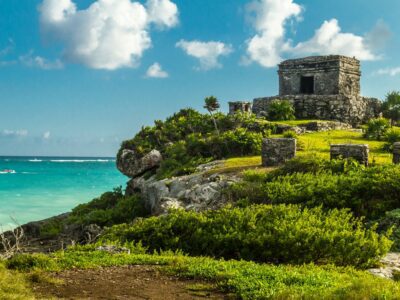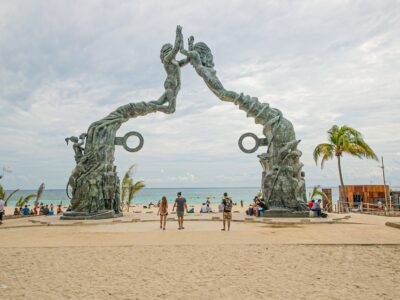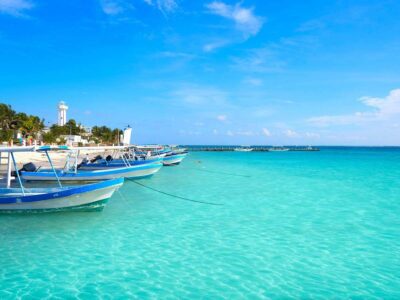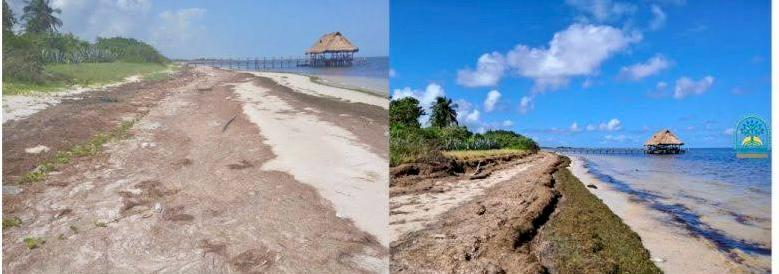Four researchers from the Primary Production Laboratory of the Center for Research and Advanced Studies (Cinvestav)-Mérida announced on October 26 the first changes observed, due to the recent Hurricane Milton, in Dzilam de Bravo, Yucatán, specifically in the water and flora, on which starfish, shrimp, sea cucumbers, anemones, hedgehogs, manatees, turtles, collared geese, and other species depend.
Hurricane Milton decreased the salinity and temperature of the seawater in Dzilam de Bravo. It also changed the dominant seagrass and dumped the largest amount of algae on the beaches of Dzilam since 2024, say doctors Tania Cota Lucero, Yaxiri Aguilar and Siuling Cinco, and Dr. Jorge Herrera, all researchers at Cinvestav-Mérida.
The now historic Milton skirted the coast of Yucatán, from Celestún to El Cuyo, from Monday, October 7 to Tuesday, October 8, 2024. It did so as a category 5 hurricane — with gusts of up to 350 km/h —, then 4 and again 5, according to the National Water Commission (Conagua).
The Primary Production Laboratory, coordinated by Dr. Herrera Silveira, released the preliminary report of the sampling of the seagrass beds of Dzilam de Bravo that it carried out, on Sunday, October 13, to identify the impacts Hurricane Milton caused on this ecosystem.
Dr. Tania Cota Lucero and Dr. Yaxiri Aguilar wrote the report which says that water quality characteristics were measured and seagrass biomass samples were taken, both those that made landfall on the beach and those that resisted the hurricane in the water.
In addition, the fauna associated with seagrass meadows was filmed. Drone flights (multispectral, thermal, and RGB) were carried out to estimate cover changes.
This information will allow us to evaluate the effects of Hurricane Milton on the coast of Yucatán.
Some results already obtained from the sampling on October 13, compared to the previous sampling, on August 24, are the following:
The predominant seagrass species changed: in August, it was Syringodium filiform (manatee grass), and in October, Halodule wrightii (shallow grass).
Patches of senescent seagrass beds covered by macroalgae were observed.
The abundance of biomass that washed up on the beach was significantly greater than the August sampling and is the most abundant so far this year.
In this regard, the National Commission for the Knowledge and Use of Biodiversity (Conabio) reports that manatee grass is a species threatened by the change in land use, home to many species such as starfish, shrimp, cucumbers, anemones and hedgehogs, and part of the food of manatees, turtles, and collared geese.
At the same time, Conabio itself says, the shallow grass is also a threatened species and is of great importance as a substrate in the formation of communities of marine microorganisms, such as microalgae and bacteria. It is a crucial element for the balance of coastal ecosystems. The Cinvestav-Mérida researchers also indicate that this research will allow the evaluation of the resistance and resilience of this ecosystem to hydrometeorological events.
TYT Newsroom
The post Scientists observe changes to the ecosystem in Dzilam de Bravo caused by Hurricane Milton first appeared on The Yucatan Times.



